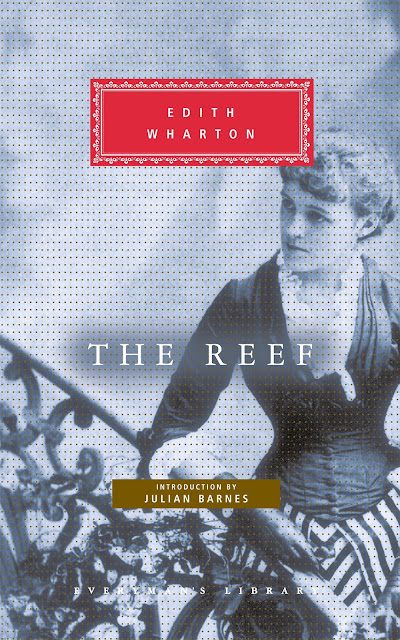
Following the release of Roald Dahl’s autobiographical book Boy about his childhood, he published a second autobiographical collection, titled Going Solo. The stories in Going Solo begin in 1934 when Dahl is 22 years old. Dahl has just taken his first job working for the Shell Oil Company in Dur es Salaam, Tanganyika, East Africa (now Tanzania). He drives about and delivers oil to British colonists, some of whom are very, very quirky. His memories of the time period involve the deadly black and green mambas and a lion who made off with the chef’s wife.
Dahl’s later stories chronicle his life as a Royal Air Force pilot during World War II. With very little training in aerial combat, he learned to fly with other volunteers in Nairobi. From there, Dahl went to Egypt, and then to Libya. On his final leg to Mersah Matruh, the coordinates for his landing strip were incorrect (in a no man’s land between the English and Italian forces), and he crashed in the desert. Dahl’s flight and survival later became the subject of his first published work. The accident fractured his skull, smashed his nose in, and temporarily blinded him.
After months in the hospital, Dahl was discharged and given the task of flying a Hurricane, but was given a day to learn to fly this new plane. He was to join the forces in Greece, where only 14 planes were assigned to defend the entire region. Dahl describes near-death encounters, accidents, combat, and death without fuss or worry, understating the dangers he and his fellow pilots faced. After the Battle of Athens, he flew in Palestine and Syria until he began having severe headaches from his earlier injury. Unable to continue to fly, Dahl headed home to England.
Throughout the book, Dahl includes his own photographs and excerpts from his letters home to his mother. These additions complement his words to bring his memories to life. Reading Going Solo gives the reader a sense of the sheer luck Dahl had in life and the inspirations behind many of his stories.
Purchase and read Roald Dahl's autobiographical books:


© penciledpage.com

























Search This Website